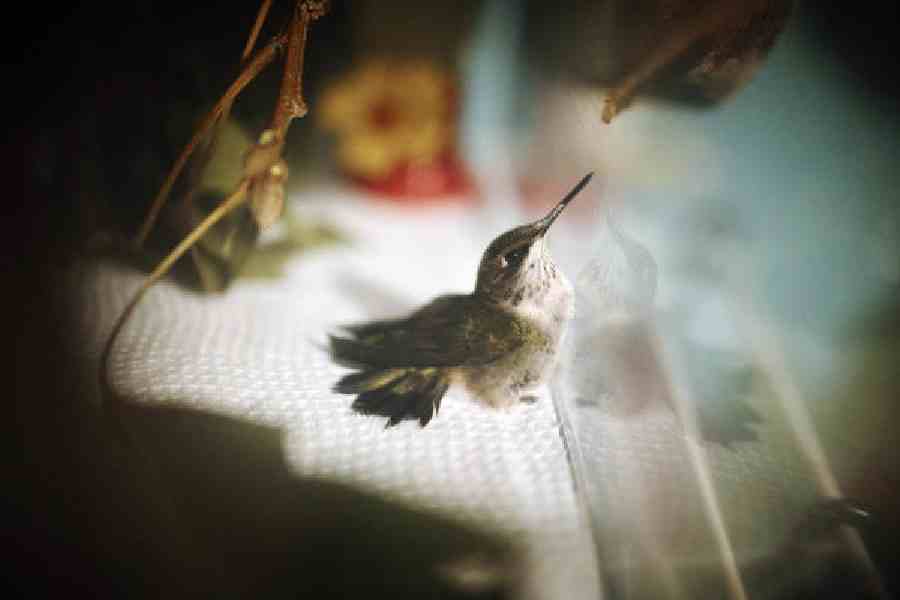Sixty-six million years ago, an asteroid slammed into the Gulf of Mexico. The catastrophe led to the extinction of three-quarters of all species, including dinosaurs such as Tyrannosaurus rex. But some flying feathered dinosaurs survived and eventually evolved into the more than 10,000 species of birds living today, including hummingbirds, condors, parrots and owls.
Palaeontologists have long argued that the asteroid’s impact was followed by a big pulse of bird evolution. The mass extinction of other animals may have eliminated a lot of competition, giving them the chance to evolve into the remarkable diversity of species that fly around us today.
A new study on the DNA of 124 bird species published in the Proceedings of the National Academy of Sciences challenges that idea. It says birds began diversifying millions of years before the collision, suggesting it had no major effect on bird evolution.
“I imagine this will ruffle a few feathers,” said Scott Edwards, an evolutionary biologist at Harvard University, US, and one of the authors.
Dinosaurs evolved primitive feathers at least 200 million years ago, not for flight but most likely for insulation or a mating display. In one lineage of small bipedal dinosaurs, those feathers became more complex and ultimately took them into the air. How feathers turned into wings for flight is still debated. But once birds evolved, they diversified into a variety of forms, many of which became extinct when the asteroid plunged the Earth into a yearslong winter.
“This catastrophe didn’t have an impact on modern birds,” said Shaoyuan Wu, an evolutionary biologist at Jiangsu Normal University in Xuzhou, China.
Wu and his colleagues used the birds’ DNA to reconstruct a family tree that showed how the major groups were related. The oldest split created two lineages: one that includes today’s ostriches and emus, and the other with the rest of all living birds.
The scientists then estimated when the branches split into new lineages by comparing the mutations that accumulated along the branches. The older the split between two branches, the more mutations each lineage built up.
The study found living birds shared a common ancestor that lived 130 million years ago. New branches steadily split off throughout the Cretaceous Period and afterwards at a fairly steady pace, both before and after the asteroid impact. Wu said this steady trend might have been fuelled by the growing diversity of flowering plants and insects during the period.
Jacob Berv, an evolutionary biologist at the University of Michigan, US, who was
not involved in the study, said it illustrated state-of-the-art methods for crunching
huge amounts of genetic data to reconstruct evolutionary history. However, he did not agree with its conclusion.
If the new study was right, there should be fossils of all major groups of living birds from well before the asteroid impact. But almost none have been found.
“The signal from the fossil record is not ambiguous,” Berv said.
Berv suspects that the correct story comes from the fossils and that most major groups of birds emerged after the asteroid impact. The potential problem with the new study, he said, is that it assumes that the bird DNA accumulated mutations at a steady rate from one generation to the next.
But the devastation of the asteroid’s impact — causing forests to collapse and creating shortages of prey — might have led to the deaths of bigger birds, while smaller birds survived. Small birds take less time to reproduce, and they would produce many more generations — and many more mutations — than birds did before the impact. If scientists ignore this kind of mutational overdrive, they will get the timing of evolution wrong.
Still, Berv acknowledged scientists are just starting to develop methods that could allow them to better estimate the rate of evolution and integrate it with other evidence such as DNA and fossils. “I suspect that will reconcile some of the debates,” he said.
NYTNS










